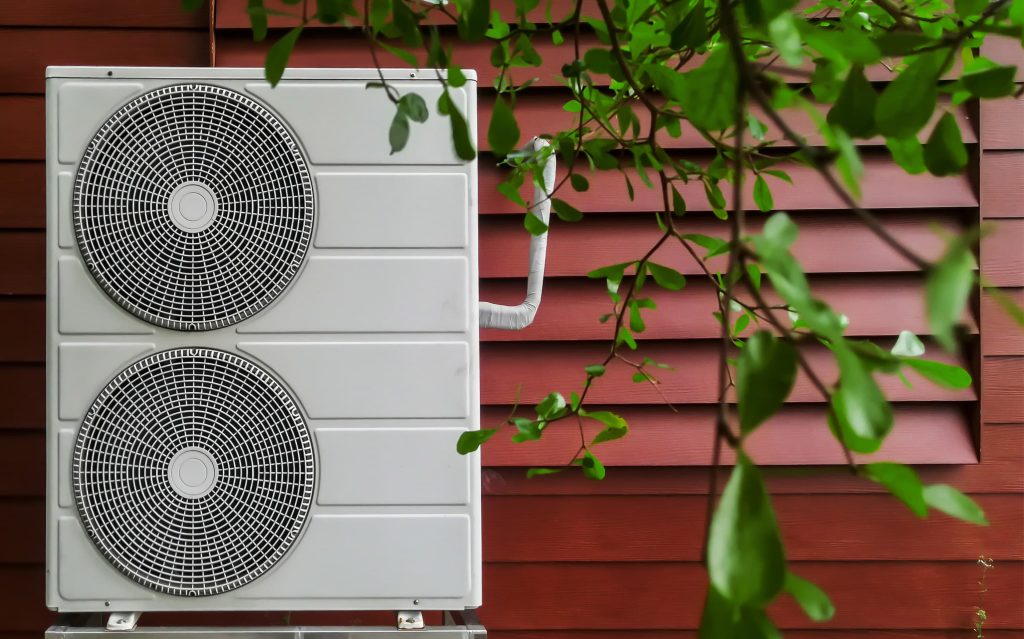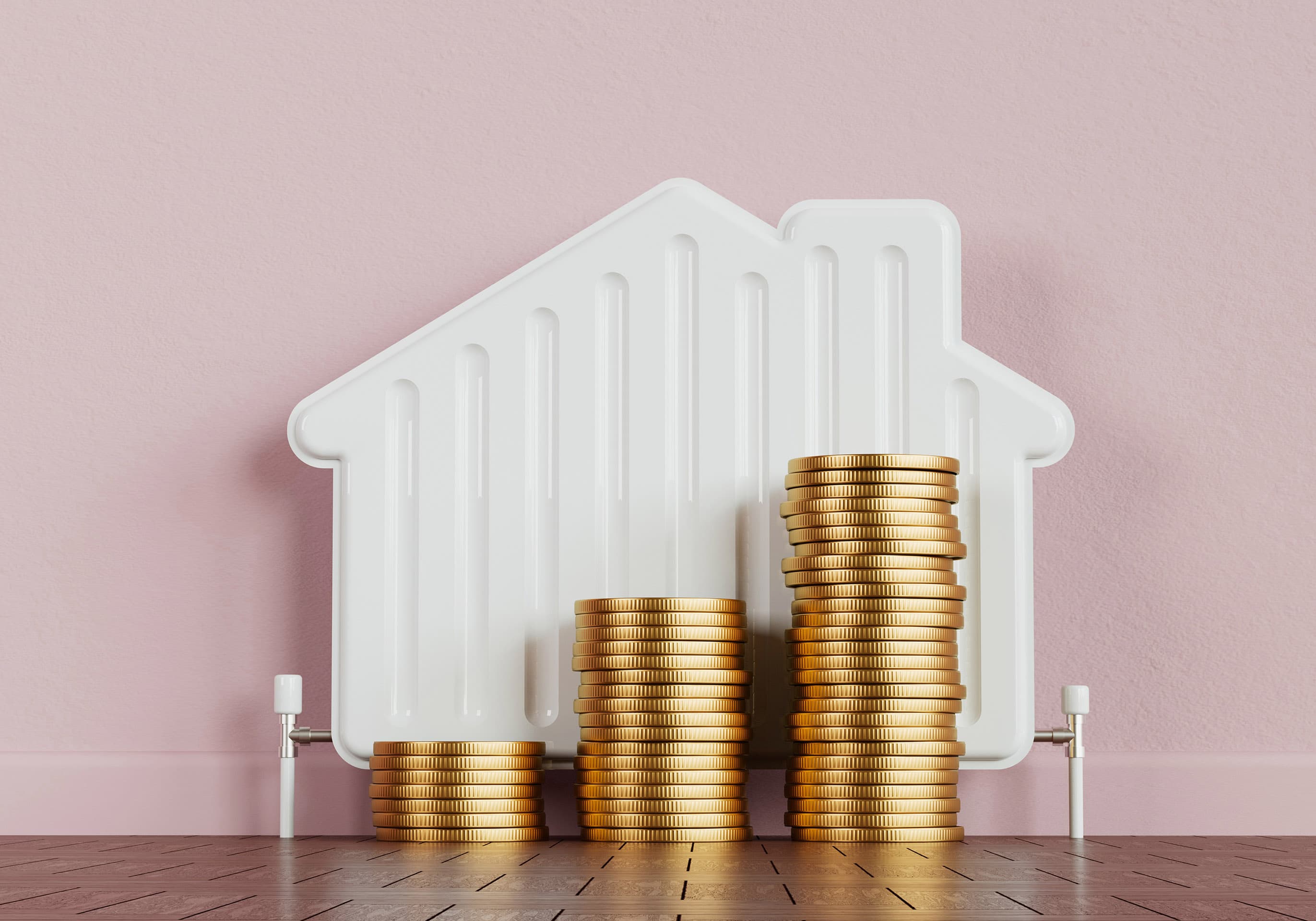
Home heating system: which is the best? 2024 ranking
Winter is now over and the fears related to the heating costs of our homes have also gone. However, it is not worth wasting time. Summer can be that time of the year to understand how to face the next bad season, getting the maximum benefits.
What is the most efficient heating system?
The technology used in heating systems has made great strides, offering the market various alternatives to traditional systems to optimise energy savings. In this way the impact on the environment is lower and so are the billing costs.
To choose the best heating system, it is necessary to consider some factors:
- the type of home and therefore whether you live in a condominium or in a single house;
- the required power, which varies according to the square metres and the house’s thermal insulation;
- the environment in which one lives such as plain, coastal areas and mountains;
- the annual temperature range, which is the difference between the average temperature of the hottest month and that of the coldest one;
- the energy sources available, including the possibility of using renewable sources;
- the use, which may be limited to the need for domestic hot water or even to warm up the house.
Given these premises, let's consider some types of heating systems and how they work.
- Heat pump system. In a ranking on which heating system should be used to reach the highest performance, the heat pump quickly climbed to the top positions. Promoted by the latest policies to improve energy efficiency and savings, it requires a substantial initial investment, but is profitable over time. It takes advantage of renewable energies and there are models that produce domestic hot water, as well as heat/cool spaces.
- Electric heating system. It's true: the electricity price is subject to considerable fluctuations due to the global geopolitical and economic situation. On the other hand, the connection to a photovoltaic system makes it possible to improve the quality of this typology, which has become increasingly popular in recent years. Access to a renewable and self-produced source cuts costs and helps improve the quality of the surrounding environment.
- Underfloor heating system. Thanks to a radiant panel system, the heat is radiated through a circuit of coils. It is completely invisible: an ideal solution from an aesthetic point of view, with no visible pipes.
- Baseboard or wall heating system. It represents another valid aesthetic solution, since the pipes pass behind the walls, quickly diffusing heat in the room and without major masonry works. The principle is the same when instead the pipes, in which hot water or electrical resistances flow, are positioned in contact with the floor. Hot air comes out through small openings in the baseboard.
- Ceiling heating system. This type of system also uses a radiant system. The pipes of the hydraulic circuit are positioned on the ceiling and covered by a false ceiling to facilitate the heat flow, which spreads evenly.
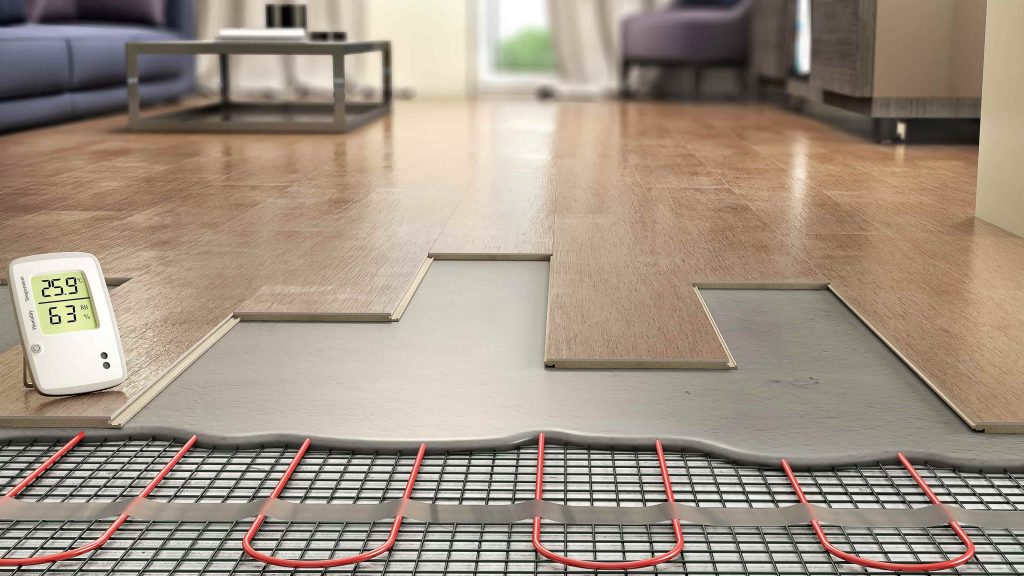
How can I heat my house without gas?
In the last two years, the gas price has undergone considerable fluctuations, reaching peaks that have had an impact on consumers' wallets. As a result of this situation, users have started looking for new ways to heat their homes without gas.
Someone, for example, relied on the traditional wood-burning fireplace or cast iron stoves. A choice that however is not feasible for many. It requires room to store wood. In addition, its use is not allowed in some areas: burning wood produces micro-dusts which increase the presence of fine particles in the air.
Others have focused on the pellet stove, which works in a similar way to the wood stove. The heat generated by the burnt pellets is diffused with fans or heat exchange pipes. It works better in small spaces, much less for larger ones.
Furthermore, both the price of wood and that of pellets have recorded considerable increases once they have become popular "raw materials" as substitutes for gas.
You can opt for the biomass boiler, which uses organic/natural material (including pellets and wood) and recycled industrial material as fuel. An ecological solution (it does not emit carbon monoxide into the atmosphere), but with particular costs.
To be used as fuel, biomass must be chemically treated: this can lead to a higher cost than fossil fuels such as gas.
The heat pump, on the other hand, uses the environmental air to heat or cool spaces and to produce hot water. Depending on the need, the external unit recovers the air from which it produces heat, spread into the room by the internal unit.
However, we must consider the amount of electricity required for its operation. For this reason, the heat pump is a preferable solution if connected to a photovoltaic system to contain energy costs.
What is the cheapest way to heat a house?
If a heat pump is an ideal alternative with no environmental impact and for its technological peculiarities, it is also true that it requires a considerable economic effort and a renewable source to minimise costs.
In the short term, the gas boiler remains an economical system for heating a home, especially if certain rules are followed in its management.
- Systems maintenance. In fact, a plant in good condition consumes and pollutes less.
- Pay attention to the ignition hours. Keeping the system on both day and night is completely useless.
- Monitor the room temperature. An environment that is too hot harms your health, as well as your wallets: thermal comfort is already achieved with a temperature of 20° Celsius.
- Screen the windows at night. Shutters, curtains or rolling shutters help reduce heat loss when the system is off.
- Avoid obstacles in front of and above the radiators. They hinder the diffusion of heat while the system is working.
- Insert a reflective panel between the radiator and the wall. It is an expedient to limit dispersion towards the outside.
- Keep the windows open for a few minutes. When you decide to renew the air in the room while the heaters are on, leaving the windows open for a long time is counterproductive and costly.
- Install the thermostatic valves. They facilitate the flow of hot water in the radiators and the control of the temperature;
- Equip the plants with innovative technological solutions. They allow the user to independently manage the heating of their home: smart thermostatic valves, for example, can also be managed remotely through the appropriate application.
If the boiler supplied is dated, it can be replaced with a condensing one. It works in a similar way to a traditional boiler: water is heated for domestic use and for heating.
However, the condensing models can recover heat also from the fumes and vapours produced by the gas combustion process. In a traditional boiler they are expelled and lost.
The condensing boiler limits emissions to a minimum and recovers energy directly from its own waste, transforming it into heat. The need to burn gas from the distribution network is considerably reduced, with substantial savings on bills (up to 30%).
Which radiators consume less?
Energy efficiency depends on the heating system adopted, but not only. Radiators also play an important role. If they work properly and are in good condition, it is easier to reach thermal comfort.
Different types of radiators are available on the market, based on the material with which they are built.
- Cast iron radiators take time to reach the requested temeperature. They have a niche market.
- Aluminium radiators are cheaper and modular. They are light and less bulky, but they can corrode if the water pH is more than 7, therefore alkaline. On the other hand, they heat up quickly.
- Tubular steel radiators are modular and an excellent compromise between those in cast iron and aluminium. If combined with a good boiler, they allow you to save between 8 and 10% in bills compared to those in cast iron, costing a bit more.

A good radiator and technologically advanced thermo valves are the perfect combination. With their smart version, performance is optimised according to users’ needs and habits.
It is in fact much easier to regulate the radiators in each room, with the help of an app installed on your mobile phone. For example, the desired temperature can be set remotely before returning home.
All this translates into considerable economic savings and a reduction of carbon dioxide emissions, improving the quality of the environment.
Smart valves can also be connected to home voice assistants such as Google Home or Amazon Alexa: with just a command, they are set according to the request.
Other Articles
Products
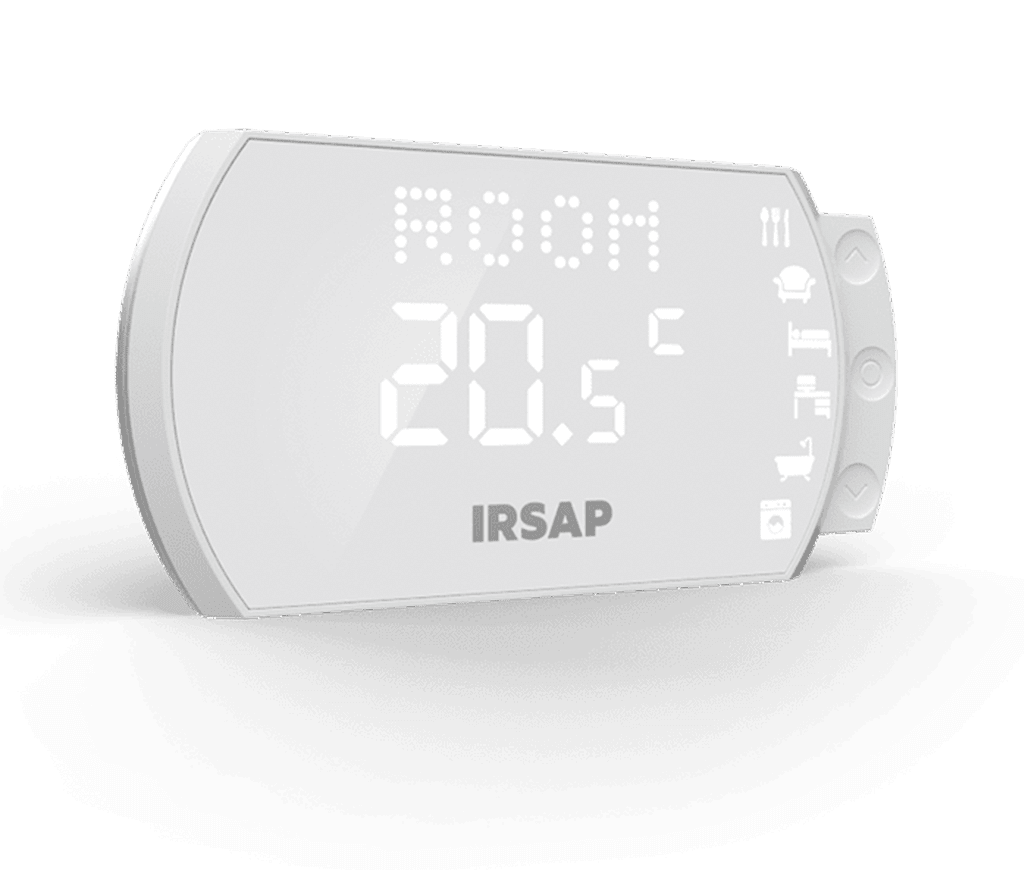
Smart Thermostat
Replace your traditional thermostat with our wireless smart thermostat with advanced functions to easily set the temperature and accurately measure the temperature, humidity level and air quality in your home.
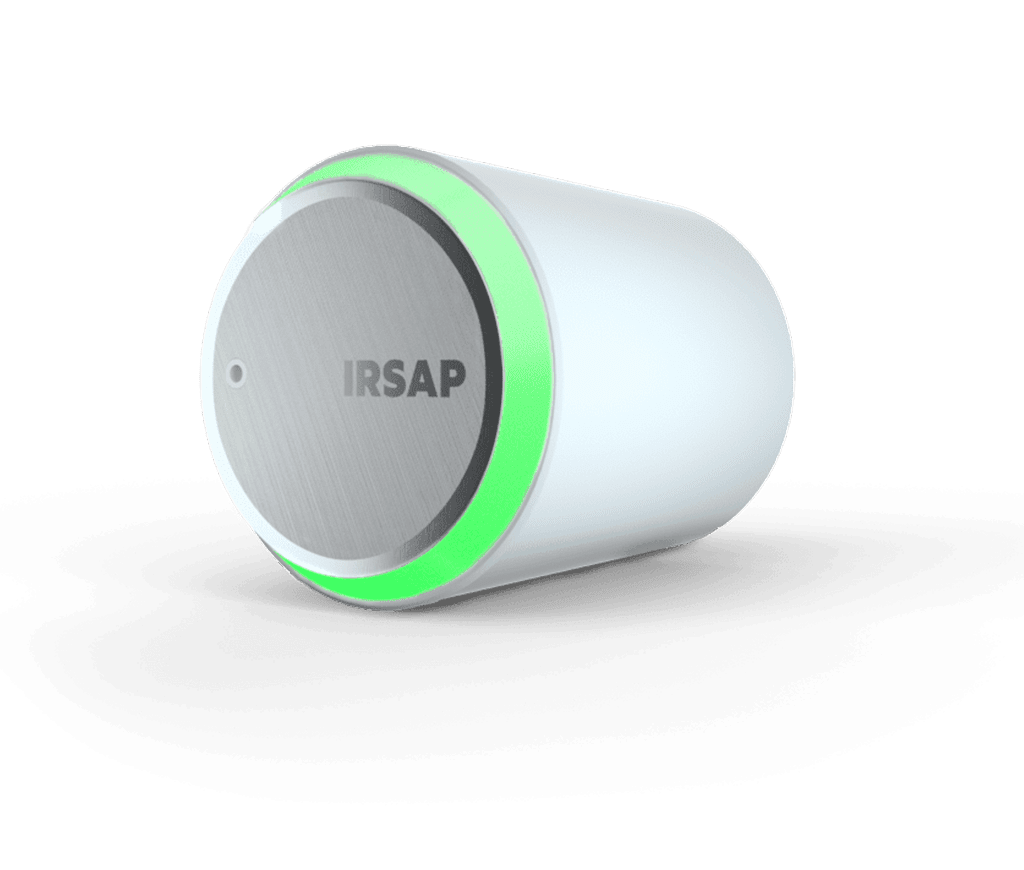
Smart Valve
Control the temperature of each room separately. Our wireless thermostatic valves are compatible with all radiator brands and leading hydraulic valve manufacturers.

Connection Unit & Repeater
Multi-storey or very large house? Add a Connection Unit to be used in Repeater mode to extend the signal to all rooms and ensure proper communication with other devices in your IRSAP NOW wireless heating system.







